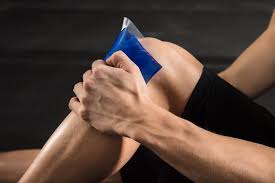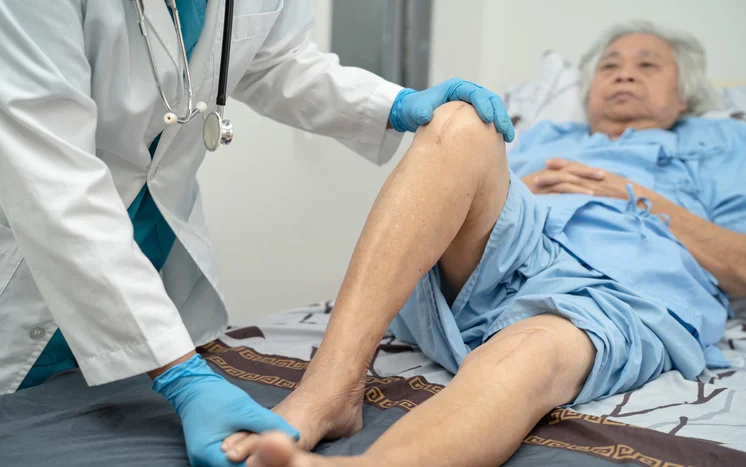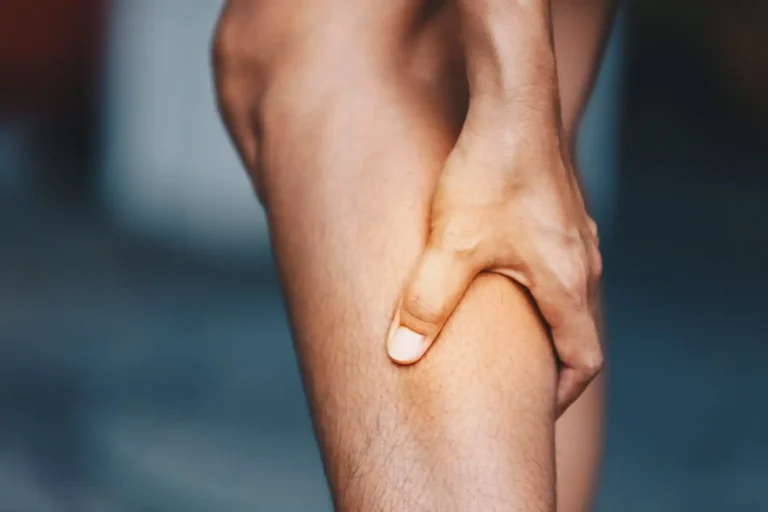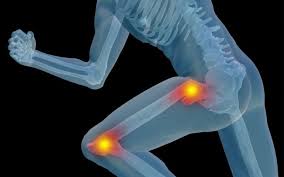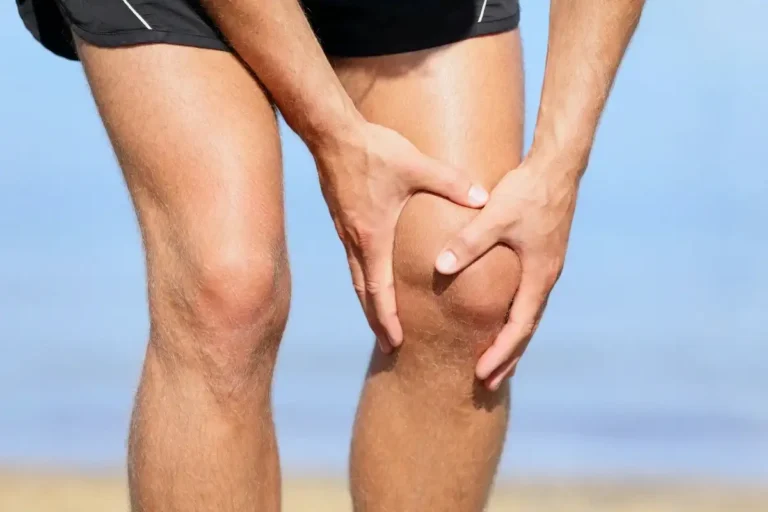How To Get Rid of Knee Pain Fast
Introduction: Exercise, the use of a knee brace, dietary changes, and weight control are all methods of treating knee pain at home. Many minor knee issues don’t need to be treated by a doctor, and people can frequently assist in their healing. Many chronic knee pain issues can also be resolved with home remedies. This…

